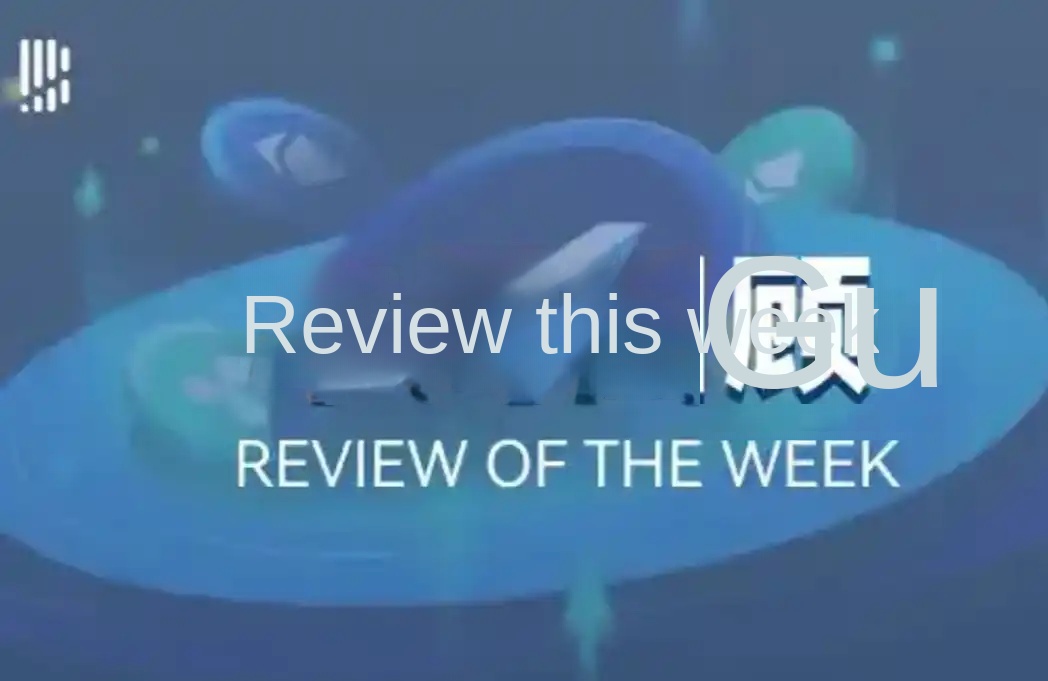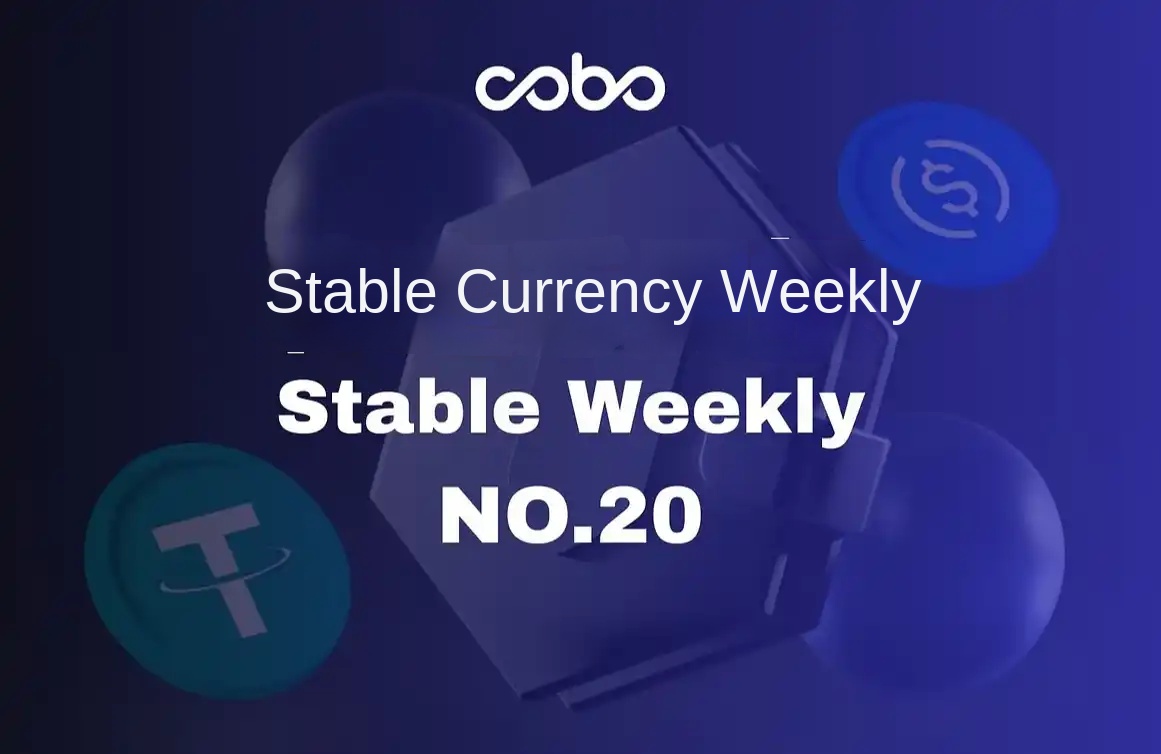Why is LINK Considered the Institutional Bull Run "Hidden Engine"?
Original Author: Miles Deutscher, Crypto KOL
Original Translation: Yuliya, PANews
With RWA tokenization and institutional adoption emerging as the core narrative of this bull run, Chainlink, as the key infrastructure bridging traditional finance with the digital world, is poised to become the biggest winner. Miles Deutscher points out that Chainlink is not just a project; its value capture mechanism has formed a powerful "flywheel effect" — the growth in network utilization will directly translate into sustained buying pressure for the $LINK token and value accrual.
Notably, Chainlink's recently launched "$LINK Treasury" mechanism has allowed the market to witness the true driving force of the "flywheel effect." This mechanism automatically converts and accumulates enterprise collaboration and on-chain service revenues into $LINK tokens, thus directly linking the network's fundamental growth to the token's value. Since the announcement, the $LINK token price has risen by nearly 50%. The following is the original article, translated by PANews.

$LINK may perhaps be one of the most obvious large-cap investment opportunities in this cycle, but most people might miss out on it. It is the biggest beneficiary of cryptocurrency institutionalization, stablecoin proliferation, tokenization, and the explosive growth of RWAs (real-world assets).
This bull run is highly aligned with Chainlink's narrative, with the main reasons behind this alignment being:
Alignment with Macro Trends
The total value locked in RWAs has skyrocketed 13-fold in the past two years, growing from around $1 billion to over $13 billion, becoming one of the most robust growth sectors in the crypto space.

Institutions have recognized the slow and inefficient nature of the traditional SWIFT system, are no longer willing to deal with the pain points of fragmented compliance, and instead seek to use a comprehensive end-to-end platform. This is why Wall Street giants like BlackRock are actively promoting asset tokenization and why companies like Stripe (launching the Tempo chain) and Circle (launching the ARC chain) are building their own blockchains.
In a landscape of fragmentation and coexistence of multiple chains, a "universal translator" is needed to achieve interoperability, and Chainlink provides this solution. Any tokenized stocks, bonds, or real estate require an oracle to bring their value onto the chain, and $LINK, as the market leader, with an 84% market share in the Ethereum Oracle market alone, is the core infrastructure of this multi-trillion-dollar transformation.
It is currently challenging to predict which Layer 1 blockchain will come out on top, especially with the backdrop of numerous enterprise chains entering the market. It is also uncertain which RWA applications will stand out. However, what can be confirmed is that Chainlink is driving all of this, becoming the quintessential "gold rush pickaxe" investment target.
For a long time, the market widely believed that XRP would become the representative adoption by institutions. However, from many perspectives, LINK's level of adoption in this field is even higher than XRP's. Considering valuation, its upside potential is more attractive.
Data Comparison
· XRPL DeFi TVL approximately $85 million
· Chainlink Total Value Secured approximately $84.65 billion

Chainlink has over 1000 times more capital locked on-chain compared to XRPL, and its market share in the entire DeFi space is continuously increasing, currently reaching 68%. Nevertheless, XRP's market cap is still around 12.1 times that of LINK, making LINK's value more attractive in the current price range.

Notably, apart from Bitcoin and Ethereum, Chainlink is also far ahead in adoption in the Traditional Finance (TradFi) field compared to any other protocol and has been integrated by several TradFi giants, including:
· SWIFT
· DTCC (Depository Trust & Clearing Corporation)
· Euroclear
· JPMorgan Chase
· Mastercard
Tokenomics: Building a Value Flywheel
The value flow of the Chainlink network is mainly achieved through the following means, and it has two sources of revenue:

1. On-chain Fees: When its services are utilized on different blockchain networks, on-chain fees are generated. These fees are used to fund network operations and buy back $LINK tokens.
2. Enterprise Collaborations: Agreements with large companies and institutions like SWIFT or JPMorgan, where these institutions pay to integrate Chainlink's solution. Some of the funds go into the Chainlink reserve to support its long-term development.
Currently, the protocol will automatically convert all revenue (including fees in $ETH or $USDC from private chains) into $LINK and deposit it into the Treasury.

Additionally, the staking mechanism is also crucial. Users secure the network by locking up $LINK and receive approximately 4.32% sustainable APY. This creates a continuous supply tightening mechanism, removing tokens from the open market.
This creates a permanent, automated buyback mechanism, directly converting network adoption into buying pressure, forming a strong value flywheel:

Adoption grows → Revenue increases → More $LINK bought and locked → Network security and resources enhanced → Utility improves
Technical Analysis and Summary

From a technical chart perspective, $LINK has broken through the $20 weekly level resistance area. This price point has been a significant long-term pivot over the years, with its importance essentially equivalent to ETH's $4000 level.
In conclusion, Chainlink's value can be understood as follows: If AWS, Azure, and GCP (the three major cloud computing providers) were spun off from their parent companies, their value would reach trillions of dollars. Chainlink, on the other hand, is the foundational B2B infrastructure of the entire on-chain economy.
Welcome to join the official BlockBeats community:
Telegram Subscription Group: https://t.me/theblockbeats
Telegram Discussion Group: https://t.me/BlockBeats_App
Official Twitter Account: https://twitter.com/BlockBeatsAsia
 Forum
Forum

 Finance
Finance
 Specials
Specials
 On-chain Eco
On-chain Eco
 Entry
Entry
 Podcasts
Podcasts
 Activities
Activities
 OPRR
OPRR








